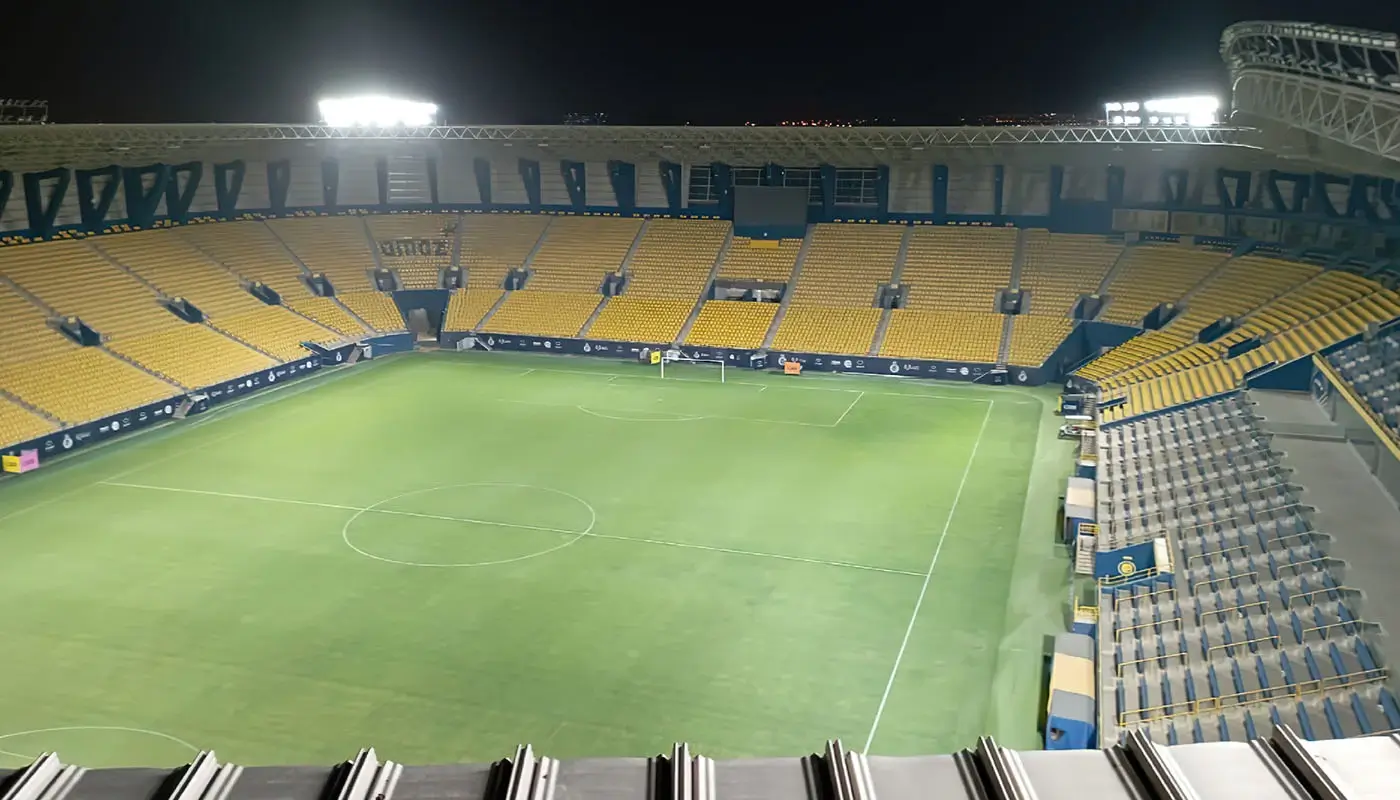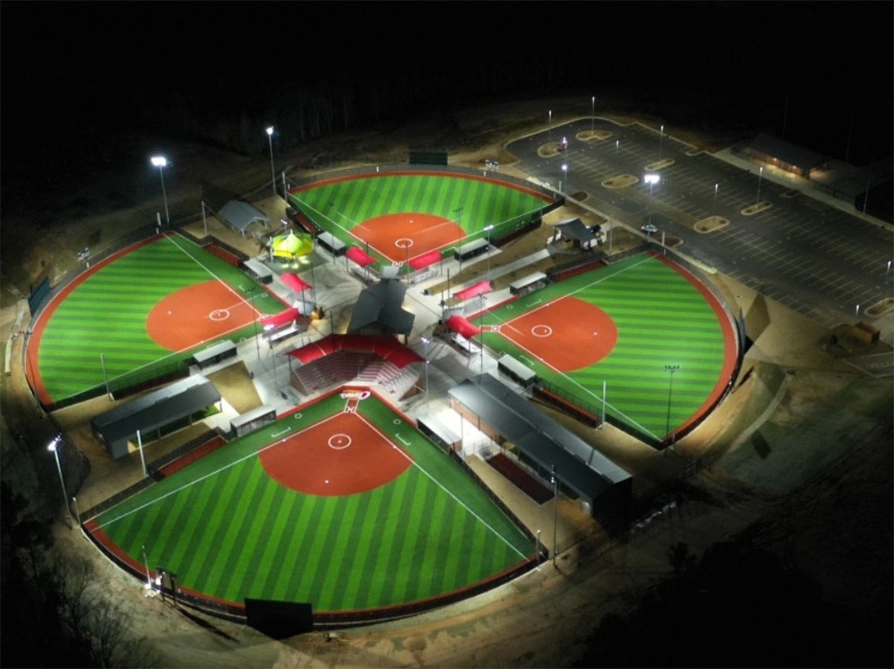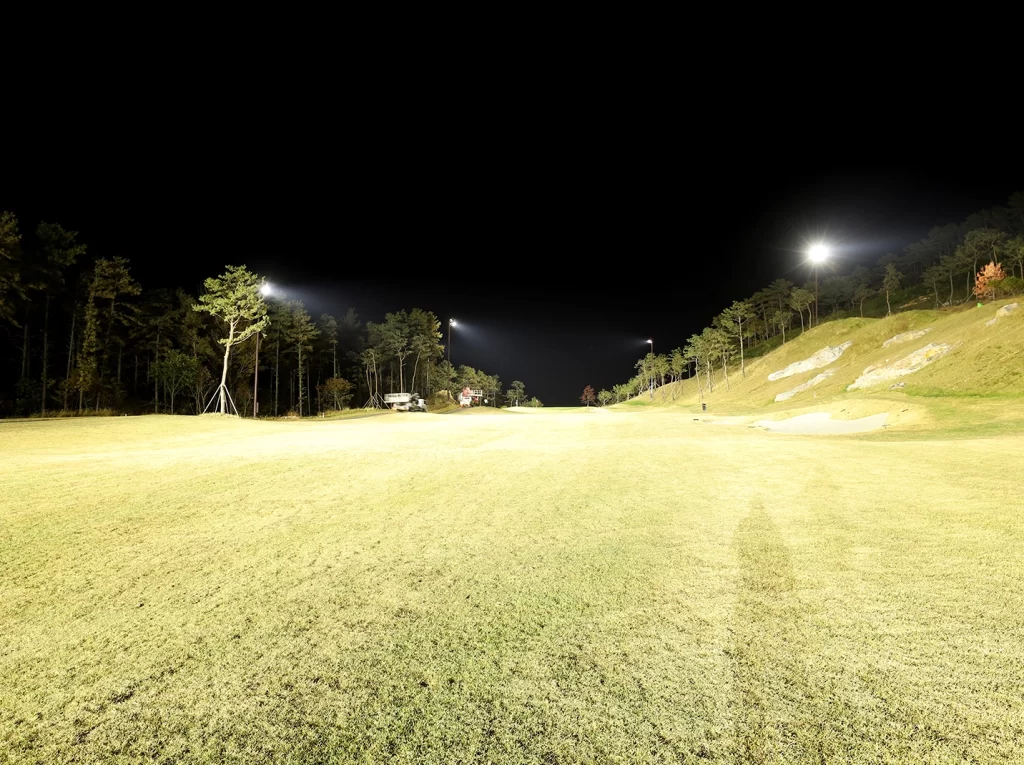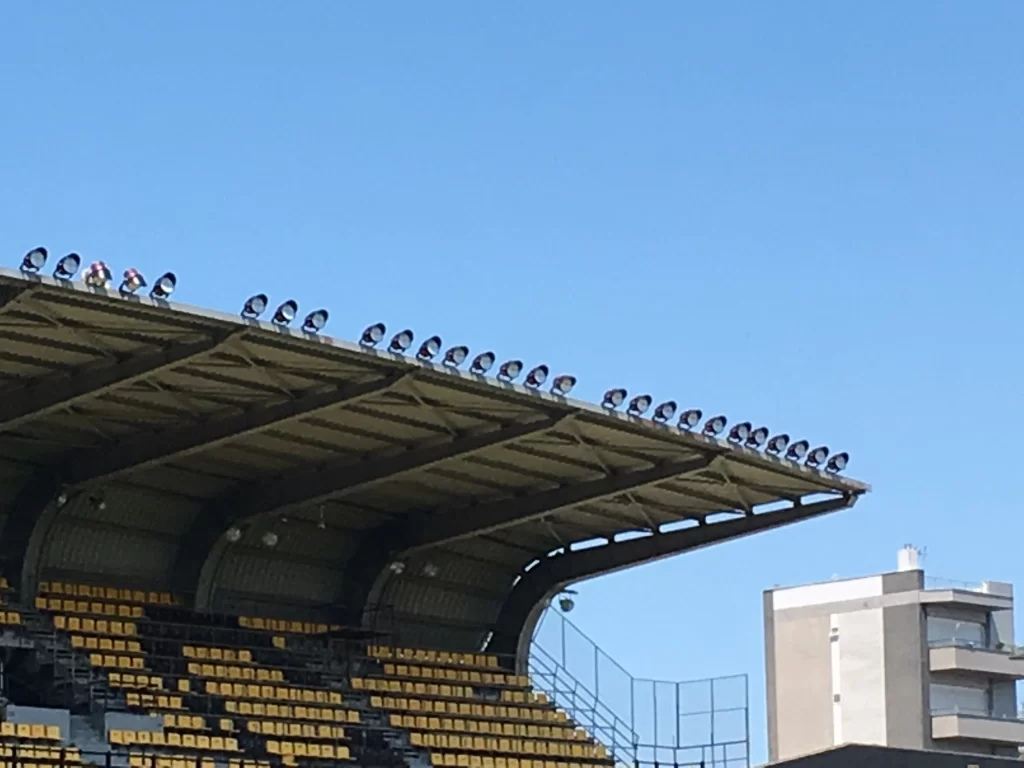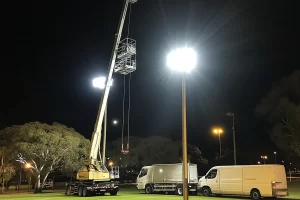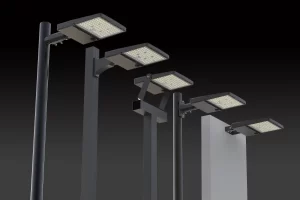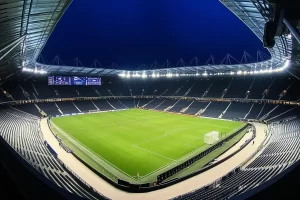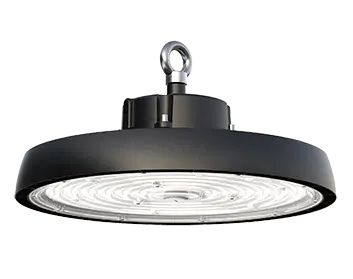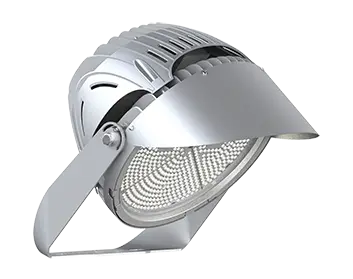Introduction to Stadium Lighting
Imagine you’re at a nighttime football game, and suddenly, the stadium is engulfed in darkness. Sounds terrifying, right? Proper stadium lighting ensures that such situations never occur. Stadium lighting plays a pivotal role in sporting events, ensuring players, referees, and fans can clearly see the on-field action.
Importance of Proper Lighting
Safety Concerns
Without proper lighting, the risk of accidents increases. Athletes are more prone to injuries, referees can make incorrect calls, and spectators might trip while moving around. It’s a safety necessity.
Enhancing Viewer Experience
Ever tried watching a movie in a dimly lit room? It’s a bit of a strain, isn’t it? Similarly, without apt lighting, fans may miss out on crucial moments, diminishing the overall experience.
Athletic Performance
Ask any athlete, and they’ll tell you: playing in poorly lit conditions is a nightmare. Proper illumination allows players to see clearly, track the ball’s movement, and perform at their best.
Steps to Planning Your Lighting Project
Assessment of Needs
Before diving into the project, it’s essential to evaluate the stadium’s lighting needs. How big is the stadium? What sports will it host? Does it have any existing lighting system? These are just a few questions that need answers.
Selection of Lighting Equipment
With the assessment done, it’s time to choose the right equipment. Modern LED lights? Traditional floodlights? The choice often depends on the stadium’s needs, budget, and desired lifespan of the equipment.
Installation Procedures
It’s not just about buying the lights; it’s also about installing them correctly. This step involves deciding on the number of lights, their placement, and ensuring even illumination across the stadium.
Maintenance and Upkeep
A stadium’s lighting system is an investment. Regular maintenance, like checking for burnt-out bulbs and cleaning the lights, ensures it serves its purpose for years to come.
Modern Technologies in Stadium Lighting
In today’s age, stadiums aren’t just equipped with regular lights. They now boast state-of-the-art LED systems that are energy-efficient, longer-lasting, and capable of producing vibrant light displays. These lights can even sync with music or change colors, adding an extra layer of entertainment for spectators.
Potential Challenges and Solutions
Every project comes with its set of challenges. For stadium lighting, these might include budget constraints, unpredictable weather conditions affecting installation, or integrating new systems with old infrastructure. However, with proper planning, consultation with experts, and a bit of flexibility, these obstacles can be overcome.
Conclusion
Planning a sports stadium lighting project is no small feat. From ensuring safety to enhancing the viewer experience and athlete performance, the lighting plays a critical role. With thorough assessment, the right equipment selection, and regular maintenance, stadiums can shine brightly, both literally and metaphorically.
FAQs
What is the average lifespan of LED stadium lights?
Most LED stadium lights last between 50,000 to 100,000 hours, depending on usage and maintenance.
How often should stadium lights be maintained?
It’s advisable to conduct a thorough check at least once a year. However, routine checks every few months can be beneficial.
Can stadium lights be used for concerts and other events?
Absolutely! Modern stadium lights are versatile and can be adjusted for various events, including concerts.
How much do stadium lights cost?
The cost varies based on the type, quality, and quantity of lights. However, it’s essential to view it as a long-term investment.
Do LED lights offer better illumination than traditional floodlights?
In most cases, yes. LED lights provide bright, consistent illumination and can cover large areas effectively.


